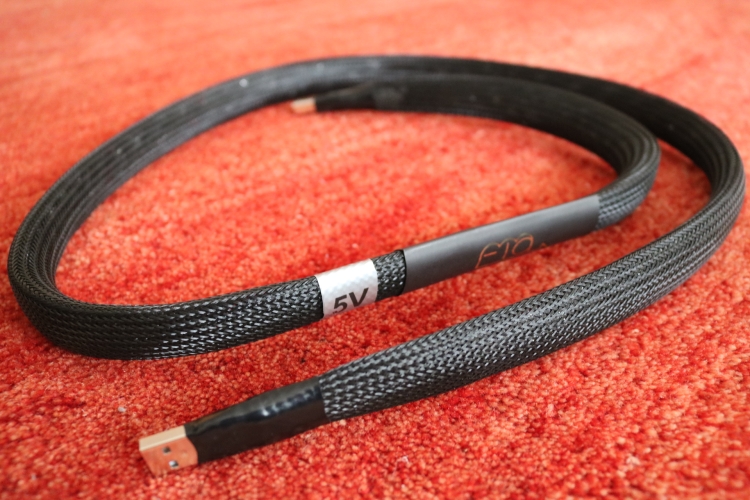
Not another me-too cable!
Review sample supplied by FTA
Retail price 1.0m with or without 5v connected: CHF850 (approx 747 euro)
Retail price 1.3m with or without 5v connected: CHF966 (approx 850 euro)
Not too long ago, I figured that surely I had by then reviewed the most important players in the field, only to be tipped about some interesting brands hitherto unknown to me in the comments. These days, more companies are producing specialist USB cables than I can keep a handle on. Only recently, I reviewed USB cables from Curious Cable and Computer Audio Design and was impressed by both. Apparently, there is always going to be a new contender right around the corner. Nevertheless, at this stage, I truly figured that I had by now more or less heard all the aural flavors that exist in the elusive and wonderful world of USB cables but then, of course, more suggestions were made via the comments. Well, I’m glad that I requested the Final Touch Audio Callisto USB cable, for it manages to provide a delivery that is different from all the USB cables that I have reviewed so far.
USB Cable Sound
Basically, and normally, I’d categorize USB cables in four camps. On two opposing ends, you have the controlled and precise sounding cables and the relaxed and smooth sounding ones. On the other two opposing ends, you have airy and ethereal-sounding cables and sonorous, earthy-sounding ones. Most of the time a USB cable falls into one of these camps but, of course, there are also cross-breeds. The Callisto, however, deviates very positively from the above descriptors.
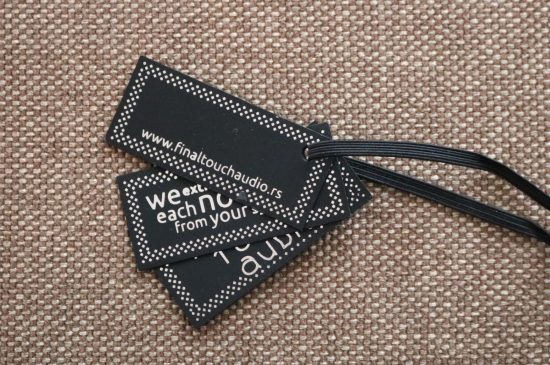
Now, I know that there are very sane reasons for believing that USB cables cannot make a difference. But I am also aware of several theories that try to prove otherwise and I’m also open to the idea that there may be other mechanisms at play that we have not yet discovered. That said, I don’t consider it my task to prove or disprove anything. What I aim to do is to relay, as precisely and as objectively as I can, what I hear.
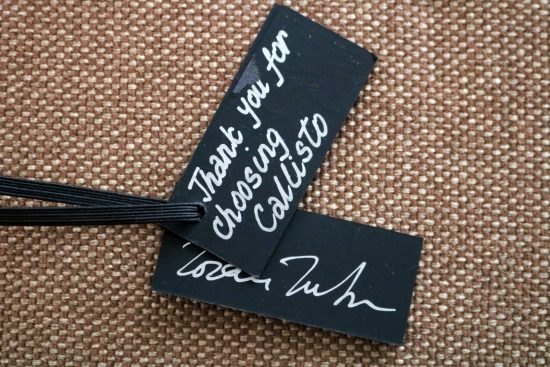
Final Touch Audio
FTA cables are made in Serbia, a country that is located between Italy and Romania while the distribution is handled by Goran Vukmanovic from Switzerland. The most important person for Final Touch Audio (FTA) is Zoran Zubcic from Belgrade. He is the one who designs the cables and makes each single one by hand.
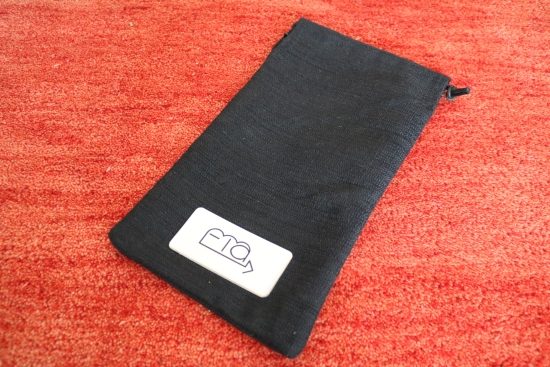
The soft fabric bag that contains the cable when purchased is made by hand by Zoran’s wife making this a joint family effort. Zoran is a huge HiFi enthusiast and music lover and he’s doing this in his free time besides his regular job. As Goran explains:
“The entire story came to life a few months ago, as I’ve been using his cables on and off for the last 10 years but with the Callisto USB cable, I just barely convinced him to send me one to test. As with all his cables, Zoran was convinced that they were not good enough for “Hi-End systems”. This comes along with his personality as he is extremely humble and shy and he does not want to expose himself at all. He is known in Serbian audiophile circles but that is it. As I had a specific HiFi weekend agreed with some friends here in Switzerland and with a few local manufacturers and a demo unit from a Polish DAC manufacturer, the story of the Callisto started to reveal as the guys that were present were “more than happy” with what they heard and ordered the cable for themselves. Since then, quite a few went all over the world along with interlinks and power cords. Coming to myself – I’m in this entire story to help Zoran as much as I can, currently focussing on the international distribution.”
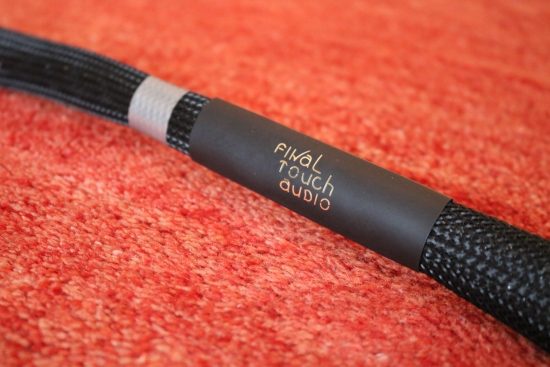
What makes a Callisto cable
The Callisto uses copper wires which Zoran managed to find from a local supplier not looking for the usual buzzwords such as cryo treated, OFC, 99,9999 pure copper wire etc., but rather he was looking for something which has a high content of Ag and Au in it. The wire he sources is mechanically treated (by means of hammering) in order to achieve the desired thickness and shape. Zoran experimented for several years with different wires, geometries, and dielectrics and he said more or less they sounded all similar until he found the right mix of everything. Zoran is quite certain nobody in the industry is currently using this blend of things as he does with the Callisto.
Running in
The cable I received is 1.3m in length and has the 5v connected. The cable can also be delivered with the 5v disconnected for the same price. Goran informed me that the cable that I was sent for review is brand new and that the majority of users reported back it needs about 100+ hours to perform at its best, but that it should perform well from the beginning. To be honest, I hear all kinds of influences in pretty much every aspect of the replay chain but I’ve yet to become aware of audible aspects of digital cable running in. And indeed, I can’t say that I witnessed a change in sound between the first use and after it had been used for about 60 hours. If I do notice changes when I hit the 100-hour mark, however, I will add this to the review.
System Context
The Callisto USB cable will be reviewed between the Antipodes CX+EX and the CH Precision C1 DAC that is connected to the CH Precision A1.5 power amp using a Cardas Clear XLR cable. Speakers are the Wilson Watt Puppy system 8, connected using a Jorma Design no.3 speaker cable. Power cables are all Belden 19364 with Bals schukos and Oyaide 004 IECs.
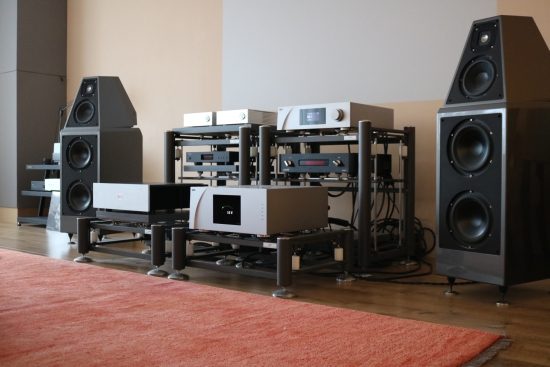
Listening
Although it was brand new, from the very first minutes of playing, the Callisto presented itself differently from the other USB cables I heard so far. It combines world-class transparency, tightness, and articulation with an immensely free-flowing fluidity and this in itself is quite unique. I’ve heard very precise cables, and very fluid ones but rarely are these two aspects combined and when they are, so far inevitably, bass precision and speed suffer. The Callisto also has the widest and deepest soundstaging that I’ve heard with any USB cable so far. Whenever I had the ability to compare USB to SPDIF via coax or AES/EBU, or I2S for that matter, using the same equipment, the other connections always allowed for a deeper and more enveloping soundstage than the USB connection. But with the exception of I2S, at least for the experiments that I did using the PS Audio Directstream DAC + Memory Player and the Pink Faun streamer 2.16x + Aqua Formula xHD DAC, USB has always countered with tighter bass and overall higher precision. The Callisto USB cable, however, manages to have a deep and enveloping soundstage while also being very articulate and precise. And in spite of its huge soundstaging and free-flowing qualities, the images within the soundstage remain solidly in place.
The Callisto’s most impressive aspect for me is its lyrical delivery. It has a way with melodies that defies brain-satisfying technicalities such as precision and transparency. When a musical delivery is lyrical, it picks you up and sweeps you along in a mesmerizing way that makes you want to never stop listening. I cannot stress enough how important of an aspect this is. Sure, I tend to go on about the bass quality and natural timbre but maybe the lyrical aspect, the sense that the music you are hearing is made by living and breathing people who enjoy performing for you, is even more important.
How USB cables, in general, can make for such differences is beyond me in the first place but just how the Callisto manages to combine all these virtues in a single cable is even more of a mystery.
Comparisons
As I mentioned in the intro, I have reviewed a respectable number of USB cables and have pronounced several cables as being my reference at any point in time, only for this to change at some point later on. Oftentimes my focus merely changed and I favored different aspects of the reproduction. Other times, this happened as a result of changes in my system and now and then, a cable comes along that is simply a better match than the previous favorite cable. Here’s how the Callisto compares to some of my other favorites.
The Mad Scientist Black Magic USB cable also has a very large soundstage and a decidedly free-flowing delivery with an immense smoothness. This forgiving cable is the ideal antidote for edgy or forward sounding systems and it remains a very pleasant listen but it is not the tightest, fastest or most articulate cable around. The Callisto is not as creamy-smooth but just as spacious and free-flowing while also being highly articulate and precise. The AudioQuest Diamond USB has been a long-standing favorite up until I reviewed the Curious USB and the CAD USB 1 and indeed when I listened to it again now it still has a high-res delivery with a lot of refinement but it has always sounded a bit lean and slightly too controlled. When I first reviewed it, I assumed that it was simply more precise than the cables that preceded it. Sure, I may prefer a fuller or richer sound but that would be a colored sound, right? The CAD USB 1 proved otherwise, with full, sonorous bass and a richly-textured midrange, while retaining all the precision and articulation that I was used to but without sounding colored. The Curious USB cable does not have the sonority, bass solidity, and rich midrange of the CAD but it is so upbeat, energetic, and enthusiastic that it trumps the others, including the Callisto, in terms of “rocking out hard”.
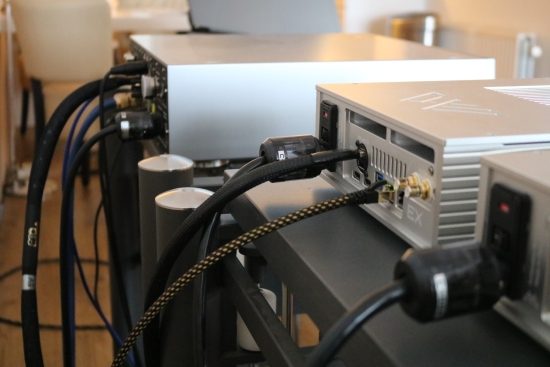
Perspective
I mentioned that the relaxed and smooth-sounding Mad Scientist Black Magic is the perfect antidote for edgy or forward sounding systems and as beautifully transparent and refined the Callisto cable is, it is also very revealing of the source. The Antipodes combo has an inherently solid and sonorous delivery that works beautifully with the Callisto USB cable. The considerably tighter and more astute-sounding Pink Faun 2.16X server, however, is very spacious itself and with its lively midrange worked more synergistically with the more sonorous CAD USB 1, showing just how important it is to seek the best cables for every application.
While the CAD remains my favorite if I want Wadia-like bass solidity and the Curious remains the most toe-tappingly exciting listen, neither of these cables is as finely refined, as heavenly free-flowing, or as utterly lyrical, as the Callisto. The Callisto does not have CAD-like bass solidity but it is fast and precise and extremely nimble. But even though I consider myself to be a bass-fetishist, I am currently most taken by the overall delivery of the Callisto. Audio equipment synergy and cable matching remain relative matters and very personal ones at that. Just how any cable performs in another system is often a matter of just trying it out. All I can say is that with my current system and my set of preferences, I so enjoy the Callisto-Antipodes combination that it is as of now my main USB cable.
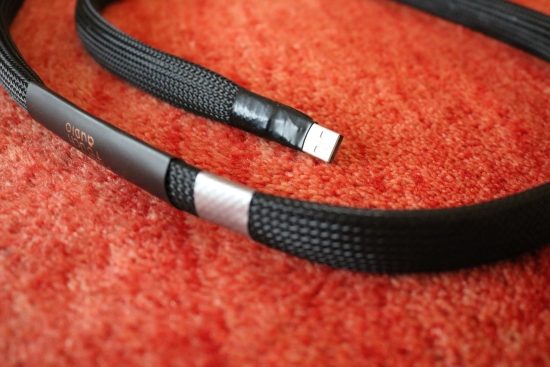
Conclusion
The Final Touch Audio Callisto is unlike any other USB cable that I heard so far. Not only does it combine aspects that do not normally go together such as very high precision and enormous transparency with a fluid, natural delivery and a huge soundstage that completely envelops you but it also has an utterly engaging and lyrical presentation that really makes music come to life.
Update April 2022
The Callisto was HFA favorite for many years, right until Final Touch Audio released their new range-topping Sinope USB cable in 2022. Nevertheless, the Callisto remains Highly Recommended.

External Links
Manufacturer: Final Touch Audio
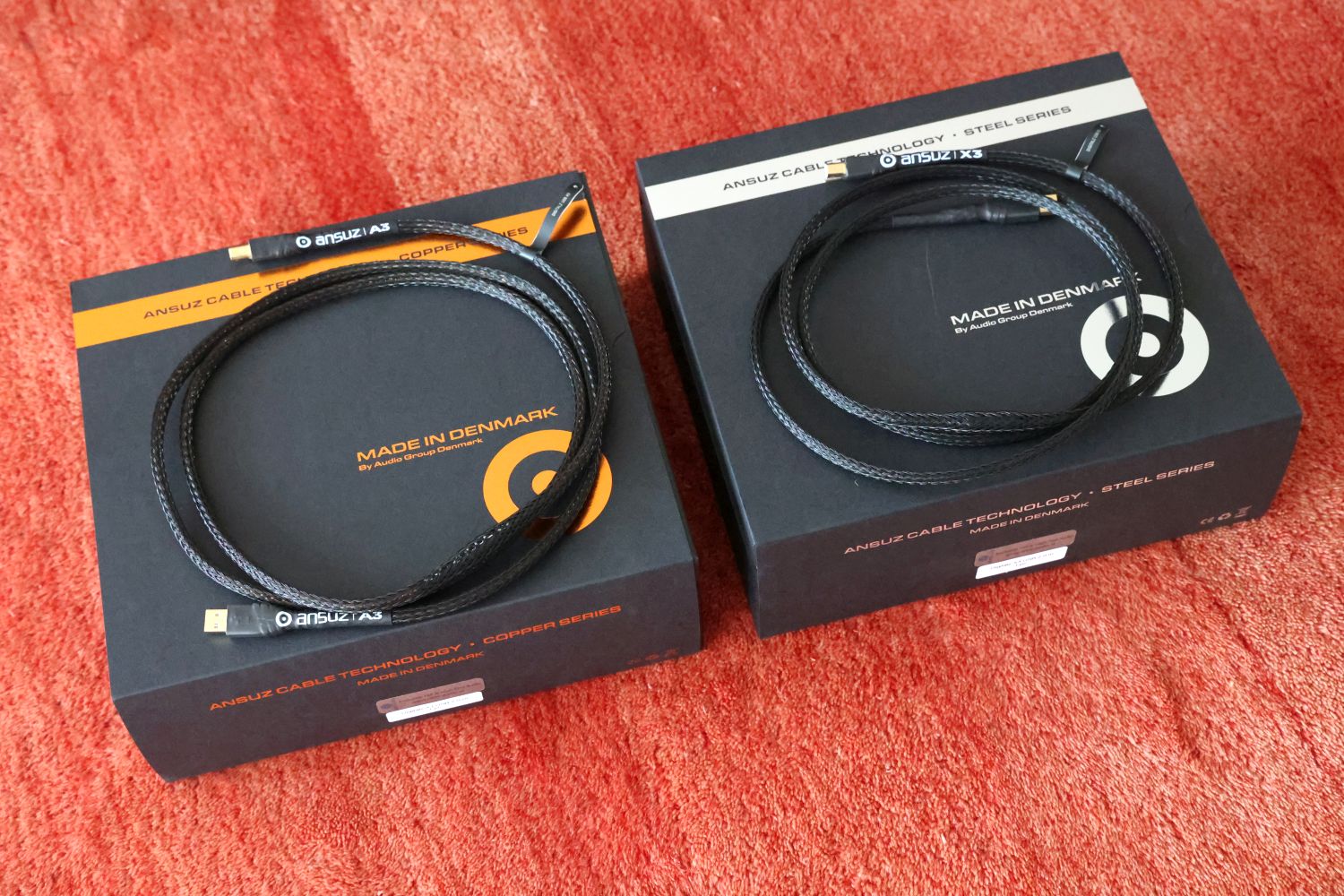
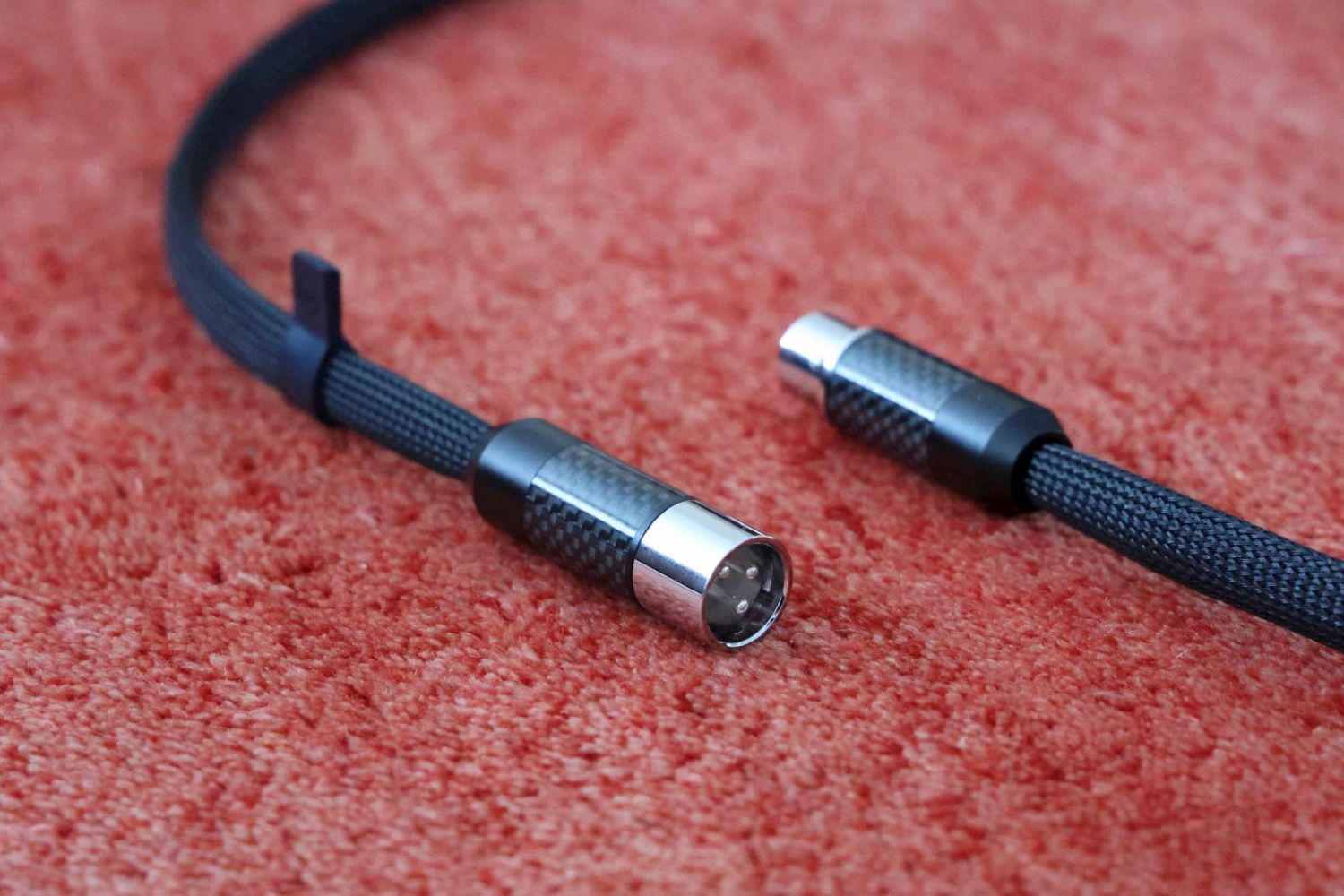
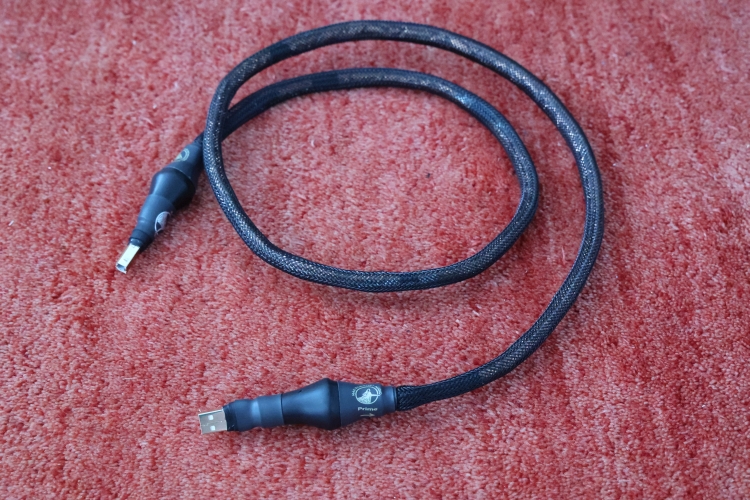
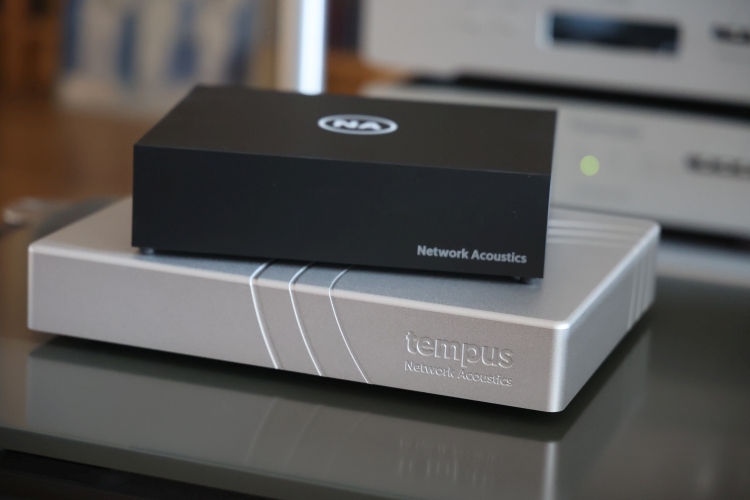

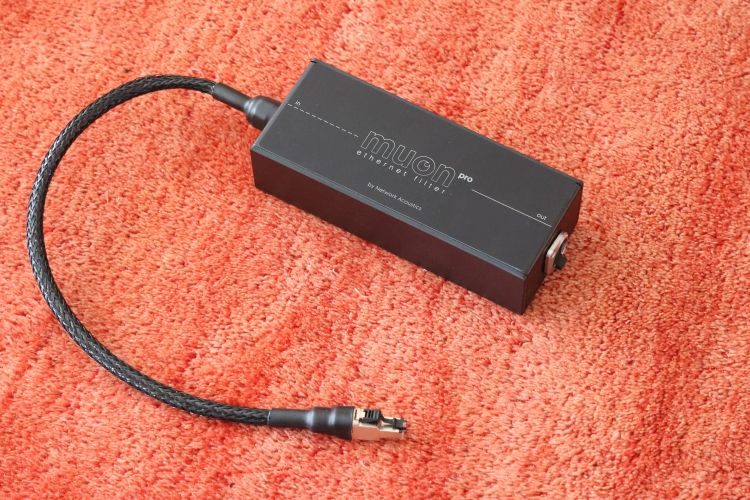
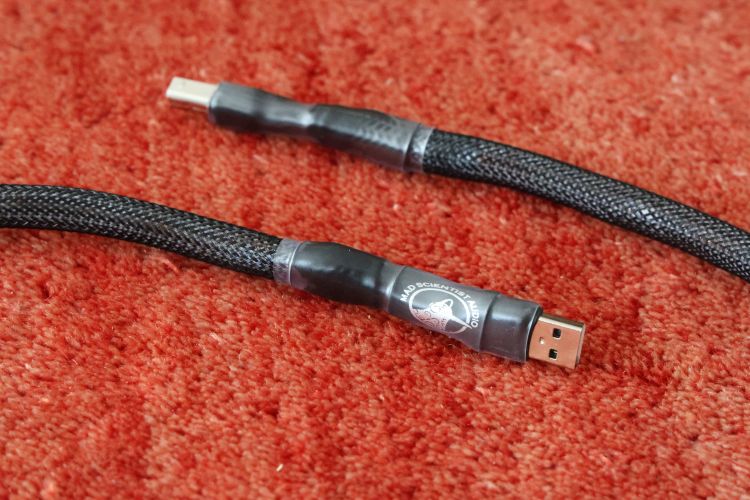
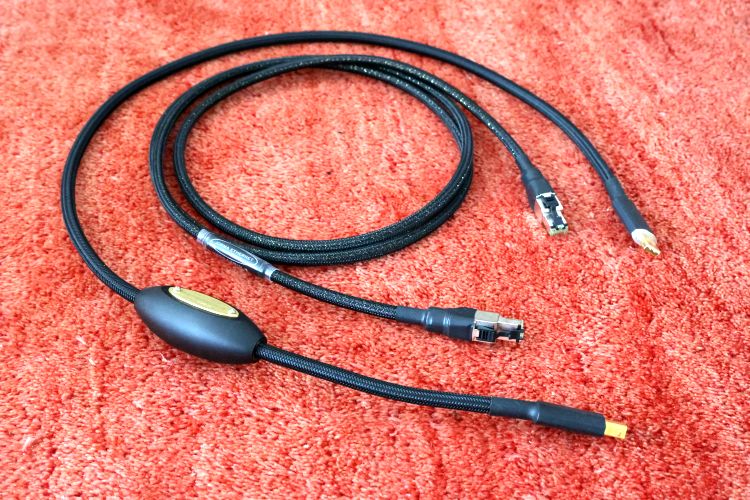
Christiaan,
excellent review, thank you for following my suggestion to review this cable.
To complete your reviews of USB cables , may I suggest to review the Phasure Lush, either the original version or the newer Lush^2?
Thank you
Matt
Hi Matthias, thanks for the suggestion. I had already looked at the Lush_2 but find it too tweaky. Reviewing a cable that can sound different in 10 ways depending on how you configure it is something of a reviewer’s nightmare…
Hi Christiaan,
I share the same opinion about Lush_2, it is much too tweaky.
But can you review the original Lush, it is now an appreciated USB cable, a lot of people go either for it or a Curious USB and it is even less expensive than the Lush_2?
Thank you
Matt
Hi Matthias, ok, I’ll put it on the list.
Thanks,
AFAIK, both lenghts of Callisto have the same price.
Matt
Hi Matthias, the pricing info as it is displayed in the article has been confirmed by the manufacturer.
Thanks for the nice follow up on the DS. Would love to add two great candidates from across the Channel: Sablon and TelluriumQ.
I replaced Clear Beyond with Diamond as XLR IC and I am very happy where I am.
Hi Riccardo, I had already looked at Sablon Audio but I just can’t get past the sigar-smoking ladies. There are no pictures of their products, only text inside a tiny frame. I don’t know what to make of it. It’s a strange, strange website that does not inspire me to contact them. I can’t make promises but will add TelluriumQ to the list.
Hi Christiaan,
after this review i am in touch with Goran for the Callisto
i still like the AQ Diamond
the Callisto does not come cheap…..but maybe i will give it a try….he can send the cable for testing to me for 7 days
He is a big Lampizator fan. and strongly suggesting to test it…..
-i am not anymore a tube fan
– and even worst i cannot find even the “word” Lampizator on your web-site….that is strange
i suspect there is something wrong i should know from you about this DAC…..or not?
Cheers
luca
Hi Luca, the Callisto sure is a special cable and I’d certainly give it a try if you can. Lots of brands are not on my site and that can have various reasons, not necessarily that I don’t like a certain brand. I know of Lampizator but the brand is pretty much invisible in the Netherlands. I’ve not come across his equipment yet so I don’t have a professional opinion on it.
Hey Luca;
This time not about the cable but rather about the LampizatOr DACs. Big guys (boys 🙂 ) have been connected, so I hope they will soon arrange a review of a Lampi DAC – very much looking to it myself!
Cheers;
Goran
Hi Christiaan;
Many thanks for the very positive review on behalf of Zoran and also myself!
We are especially glad due to the fact that request for the review came from your side seemingly by the word of mouth spreading a nice things about this cable which was at the end confirmed by you.
Kind regards;
Goran
Christiaan,
Martin Logan 15a Marc here. I’ve said on your other reviews how thoroughly I enjoy your reviews over all others out there…but…when it comes to cable reviews I keep my comments to myself. I’m one of the guys on the other side, believing in the science that nearly all cables are identical no matter what the price….except maybe when changing the material from copper to silver as that does change the sound.
That said, I don’t want to get into a debate about cables. I do however have a question based on my belief though concerning cables that transmit digital signals…aka…the USB cable you are reviewing in this case. Question–other than the power lines in USB cables, aren’t the other lines simply transmitting 1’s and 0’s? Thus they either work…or they don’t??
Hi Marc, that’s a discussion that I have had many times over and I don’t have a desire to keep putting this into perspective. Please search this site for related articles (info articles, for example) if you want to find out what I think about it along with some plausible explanations. In short, though, I don’t have a technical explanation that will satisfy everyone but if the distinction between ones and zeros was all there is to it then things such as CD transports and Music Servers, or cables that run SP/DIF, for that matter, should also not make a difference. Yet, they do and this is very easy to hear. Especially when you compare a TOSlink cable to an RG59 coax cable. Same signal but different sound. Timing, in life as well as in digital, is everything, they say and timing errors are currently the prime suspect but honestly, I just don’t know. Especially USB cables, or worse, Ethernet cables. The latter send packages and have no timing element to them. But the differences are there to hear. Although some do disagree. My advice, as always, is just to listen and see for yourself. If you don’t hear the differences or think they are too small, then that’s fine and that saves you a lot of money:-)
Hi Christiaan,
I would love to know if you could only have the 1 usb cable between the FTA, CAD USB-1 and Audience FrontRow, which you would choose.
I have an Innuos Zenith Server -> Directstream DAC -> BHK Pre ->Bryston 4b3 ->Spendor D9.
I am very tempted to try the FTA after reading this article. However you do mention that the matching cables to source is also important, which btw i whole heartedly agree,
Would love to hear your thoughts.
Indeed I always carry on about system-matching but even then, it is not absolute. Most important, perhaps, is personal taste. What direction do you want to take the system? I’ve not heard the Audience cable and don’t know what cable you currently use. The best I can do is to tell you what directions the FTA and CAD will steer the sound assuming the starting point is a basic USB cable. The FTA will add more treble air and -fluidity as well as make the delivery more ethereal and overall more free-flowing. The bass remains fast and articulate but maybe a little bit less incisive. The CAD will do pretty much the inverse with more solid and forceful bass, a timbrally fuller midrange and an earthy delivery. Personally, I think I’d lean toward the CAD for your system but it really depends on what you want to achieve.
Hi Christian,
Thank you so much for taking the time to respond and advice. Further to your note, what I want from my system is:
1. Clarity of lyrics
2. Dynamic – speed, timing
3. Bass – precise and solid
4. Soundstage
Would love to hear if you think CAD might be worth it. There’s Lush as well…. just sayin 🙂
Curious Evolved.
Hi Christian,
Thank you so much for taking the time to read my post and advise. Based on my listening and what makes me happy, I feel these qualities are important for my system:
1. Lyrical clarity
2. Soundstage
3. Dynamic
4. Bass solidity
Would love to hear which usb cable h think would help my system achieve the same. You are right that too much air or treble might make my system seem overly bright. I do enjoy a warm, rich wide sound , with clear lyrical articulation. I am open to any other usb cable as well.
Thanks ? heaps
I would love the review to have included measurements on an oscilloscope. That will determine what the “quality” of the cable is.
Hi,
I am glad I found your website with plenty of interesting reviews. Another excellent USB cable that you could review is the JCAT Signature USB from Poland. I had this cable and before that the Curious USB. I would be interested to know how it stacks up against the Callisto. By the way, I have discovered the Callisto from your website and this looks like a serious contender for my next USB cable. Being a bass-fetishist too, I am interested to know your experience when comparing the bass of the Callisto to the Curious? Is it deeper, fuller, more impactful?
Thanks!
Hi Serge, Ok, I may look at the JCAT USB cable, can’t make promises, though. As for the bass between Callisto and Curious, we’d need to make a distinction between the Curious and Curious Evolved. But before I dive into that, have you read my reviews? I think they will answer your question very nicely:-)
Christiaan, where are you on USB cables now? I thought you had since found a better one that the Callisto? Incidentally, the Sablon website has (thankfully) been changed and is much nicer to view. I would suggest strongly that you demo one, smoking ladies aside, you will be impressed.
Hi Paul, personally, I’ve stepped away from USB cables in favor of the Jorma AES/EBU cable. I did check the Sablon site earlier, unusual branding, for sure…;-)
Christiaan, AES is the pro-way to go, if one has it at ones disposal.
But what about Sablon ethernet cable? Are you not streaming? 😉
Naturally, I do stream. But I prefer to use (albeit carefully-selected) standard CAT6 cables. Generally, although they do several interesting things, I don’t like how high-end Ethernet cables change the sound. The Pink Faun cable seduced me but after a while I returned to the standard cable. But that’s not to say that I won’t review more Ethernet cables if the request comes along.
The FTA Callisto is a very fine cable according to your review. I’m considdering a dual head usb-cable like the Tubulus Argentus V4. This cable also receives nice reviews but perhaps not as great as the FTA Callisto. In my combination of Antipodes EX/CX a dual headed usb-cable is sort of advisedby Antipodes as an extra measure to lower the noise floor. What would give better results based on all your reviewing experience? The better single cable or the perhaps slightly less good dual head usb-cable of Tubulus?
Hi Gerrit, I’ve not heard the Tubulus so I can’t really say. All I know is that of all the cables tried, the Callisto worked best for me with the CX-EX. While a low noise floor is one of the desired goals, my feeling is that this can likely be achieved in multiple ways and that other aspects of a cable such as its geometry can potentially have a larger effect on its performance. That’s my way of saying that a dual-headed cable need not by definition be better than a single head cable. But it could be… Do note that FTA also released a new USB cable called the Sinope that is said to be even better. If all goes well then I will review it in the near future.